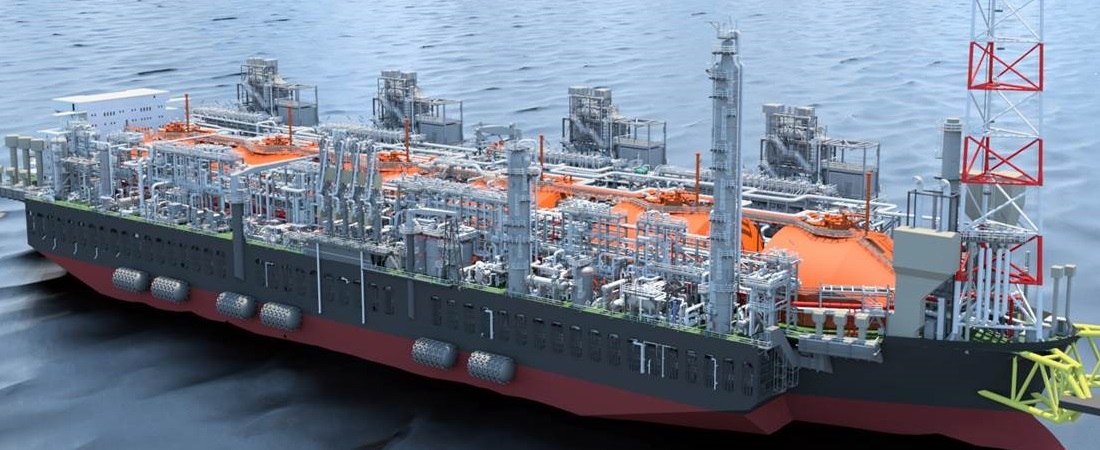
Distance to Key Markets: Argentina’s Biggest Challenge in the Global LNG Trade
Mar, 06, 2025 Posted by Gabriel MalheirosWeek 202510
Argentina is aiming to become a major player in the global liquefied natural gas (LNG) market, leveraging its vast reserves in Vaca Muerta as its primary resource base.
However, the geographical distance separating the country from the world’s largest LNG markets—China, India, and Europe—presents a significant logistical challenge that could impact its competitiveness.
Vaca Muerta: Untapped Potential with Geographic Disadvantages
Located in Neuquén Province, Vaca Muerta has the potential to supply LNG to global markets.
Yet, Argentina’s location at the southern tip of South America puts it at a disadvantage compared to competitors with shorter and more efficient shipping routes to major consuming regions in Asia and Europe.
Leading LNG exporters Qatar, Australia, and the United States have strategic proximity to key demand centers in China, India, and Europe, offering them a competitive edge in transportation costs and delivery times.
In contrast, Argentina must navigate long-haul shipping routes from its future LNG projects in Río Negro to the world’s most critical regasification terminals.
Distance to Major LNG Markets
To illustrate the logistical challenge, the shipping distances from Argentina’s LNG export terminals are significantly longer than those of its competitors.
According to La Mañana de Neuquén, the approximate distances from Argentina to key LNG destinations are:
Rudong, China – 9,500 nautical miles
Dahej, India – 8,000 nautical miles
Wilhelmshaven, Germany – 6,500 nautical miles
By comparison, LNG shipments from the Sabine Pass facility in Louisiana (U.S.) cover:
7,000 nautical miles to Rudong
6,000 nautical miles to Dahej
4,000 nautical miles to Wilhelmshaven
Qatar, with its Ras Laffan LNG terminal, is even better positioned:
5,900 nautical miles to China
1,400 nautical miles to India
3,800 nautical miles to Germany
Other competitors, such as Canada and Australia, also benefit from geographical advantages:
LNG Canada (British Columbia):
4,700 nautical miles to China
7,800 nautical miles to India
4,900 nautical miles to Germany
Australia (Darwin LNG):
2,800 nautical miles to China
4,500 nautical miles to India
11,000 nautical miles to Germany
The Challenge for Argentina: Optimizing Logistics and Reducing Costs
Given these longer shipping routes, Argentina faces a critical challenge: enhancing efficiency across its entire LNG supply chain.
This requires modernizing ports, cutting transportation costs, and securing long-term contracts with international buyers.
Without a robust and cost-effective infrastructure, Argentina will struggle to compete in the global LNG market—despite its abundant gas reserves.
Fierce Competition: Qatar, Russia, and the U.S.
Among Argentina’s key competitors, Qatar dominates in terms of proximity and optimized shipping routes to Asia and Europe.
Russia enjoys geographic advantages, with direct access to European markets and an Arctic shipping corridor to Asia.
Meanwhile, the United States benefits from supply flexibility, serving both the Atlantic and Pacific markets, giving it a cost advantage.
The Future of Argentina’s LNG Sector: Infrastructure Is Key
To establish itself as a global LNG player, Argentina must develop modern liquefaction facilities, secure long-term supply agreements, and improve port logistics.
While Vaca Muerta and upcoming projects in Río Negro provide a strong foundation, Argentina’s success hinges on overcoming the logistical and cost barriers associated with long-distance LNG transportation.
In summary, Argentina has the potential to emerge as a major LNG exporter, but distance to key markets remains a critical hurdle in its path to global competitiveness.
Source: Argenports
-
OTI Rankings
Sep, 21, 2022
0
OTI Ranking | DataLiner | Jan-Jul 2022 vs Jan-Jul 2021 | Brazil and Plate
-
Ports and Terminals
Feb, 26, 2021
0
Port of Imbituba inaugurates 6400m² iron-ore warehouse
-
Ports and Terminals
Sep, 14, 2021
0
Antaq to auction leases for two liquid terminals at Santos
-
Ports and Terminals
Apr, 29, 2025
0
Port of Natal Begins Emergency Dredging to Ensure Fruit Export Flow

